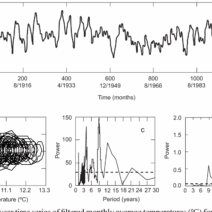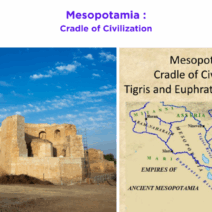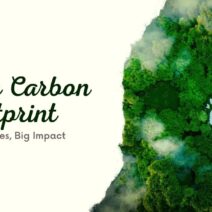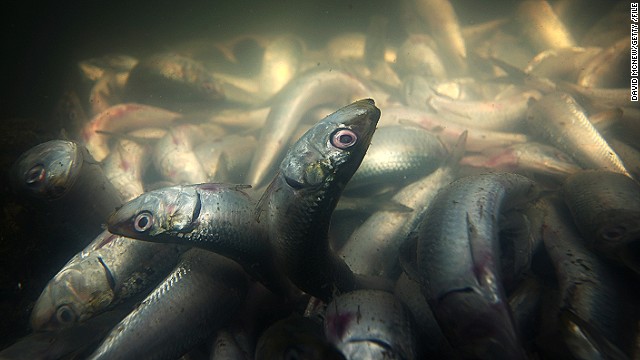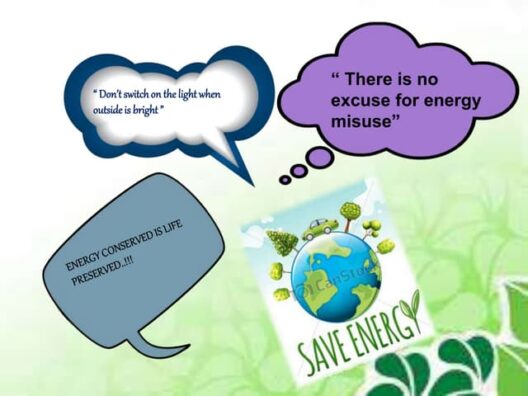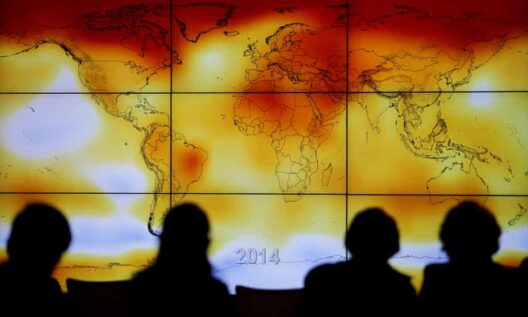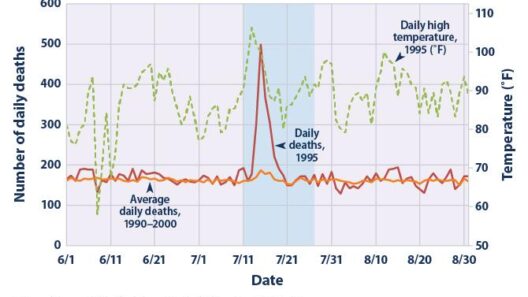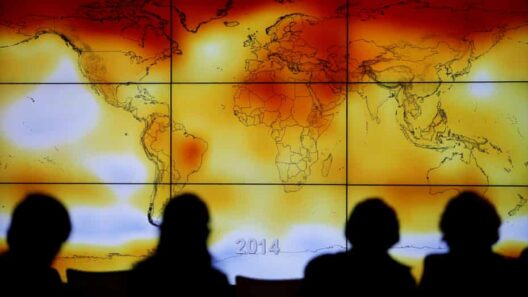The ramifications of global warming extend far beyond mere alterations in temperature; they reverberate across the very fabric of ecosystems, reshaping the intricate web of life on Earth. As the planet’s climate continues to warm, living organisms face existential threats that compel us to re-evaluate our relationship with nature. In this discourse, we shall delve into the multifaceted ways climate change is influencing biodiversity, altering habitats, and threatening species with extinction, while evoking a profound sense of curiosity about the future of life on Earth.
One of the most alarming effects of global warming is the increasing fragility of ecosystems. Ecosystems, intricate networks formed by the interactions among organisms and their environment, are fundamentally altered as temperatures rise. Coral reefs, often referred to as the “rainforests of the sea,” are exceptionally sensitive to shifts in temperature. With rising sea temperatures, these vibrant underwater communities experience coral bleaching—an event where corals expel the symbiotic algae that provide them with color and essential nutrients. As a result, vast stretches of once-thriving reefs turn into barren wastelands devoid of life, subsequently impacting the myriad species that rely on them for food and shelter.
But the implications of climate change do not stop at marine ecosystems. Terrestrial habitats are also profoundly affected. As global temperatures rise, many species are forced to migrate to higher altitudes or latitudes in search of suitable habitat. For instance, the iconic snowshoe hare has been observed moving to higher elevations within its range. However, not all species possess the capability to adapt or relocate, rendering them increasingly vulnerable to extinction. The phenomenon of habitat fragmentation exacerbates this issue, as pathways that allow for natural migration become obstructed by human development, leaving populations isolated and unable to flourish.
Species that fail to adapt quickly enough to changing climates risk facing dire consequences. Consider the polar bear, a symbol of the effects of climate change. These majestic creatures rely on sea ice as a hunting ground for seals, their primary source of sustenance. With ice caps melting at an alarming rate, polar bears are finding it increasingly difficult to hunt, leading to malnourishment and declining populations. This not only poses a significant threat to individual species but also disrupts the ecological balance, affecting other organisms within the Arctic ecosystem.
Furthermore, the phenomenon of phenological mismatches deserves attention, as it illustrates the nuanced intricacies between organisms and their environment. These mismatches occur when the timing of life cycle events for various species—such as flowering in plants or migration in birds—becomes desynchronized due to shifting temperatures. For instance, warmer springs may induce flowers to bloom earlier, while pollinators like bees may not adjust their life cycles accordingly. This disjunction can have cascading effects, leading to reduced plant reproduction and subsequent declines in pollinator populations, thus threatening the food webs that are intrinsically linked to these interactions.
In addition to direct threats to species, climate change is also catalyzing the spread of invasive species. As global temperatures rise, many non-native organisms find new niches in previously inhospitable environments. These invasive species often outcompete native fauna for resources, leading to a decline in biodiversity. Consider the case of the common green crab, an invasive species along the Atlantic coast of North America. Rising ocean temperatures have facilitated its spread, resulting in significant ecological disruption and economic ramifications for local fisheries.
The impacts of climate change are not geographically confined; they are global phenomena that transcend borders. Countries around the world are experiencing similar threats to their unique biodiversity. The Amazon rainforest, often referred to as the “lungs of the Earth,” faces unprecedented deforestation and degradation driven by climate change. Not only does this result in a direct loss of habitat for countless species, but it also exacerbates global warming by releasing stored carbon into the atmosphere, creating a feedback loop that further accelerates climate change.
Yet, amidst these somber realities, there lies a compelling narrative of resilience and adaptation. Various species exhibit remarkable tenacity in the face of environmental adversity. The case of certain plants that have evolved mechanisms to survive in arid conditions illustrates nature’s adaptability. It is this resilience that offers a glimmer of hope, inspiring conservation efforts aimed at preserving biodiversity. By promoting sustainable practices and protecting critical habitats, humanity can play a pivotal role in mitigating the effects of climate change and fostering a more harmonious coexistence with nature.
Moreover, public awareness and engagement are critical in this regard. Education about the importance of biodiversity, coupled with initiatives that promote environmental responsibility, can galvanize collective action. Grassroots movements, fueled by individuals passionate about the planet, are gaining momentum, urging policy changes and fostering a deeper understanding of the interconnectedness of all living beings.
The narrative of life on Earth is one of both vulnerability and resilience. As global warming continues to reshape our planet, it is essential to adopt a holistic perspective that recognizes the intricate relationships between organisms and their environments. By understanding the profound impacts of climate change on biodiversity, we can cultivate curiosity and urgency in our efforts to protect the wonders of the natural world. It is only through proactive measures that we can aspire to safeguard the exquisite tapestry of life that adorns our planet, ensuring its survival for generations to come.
